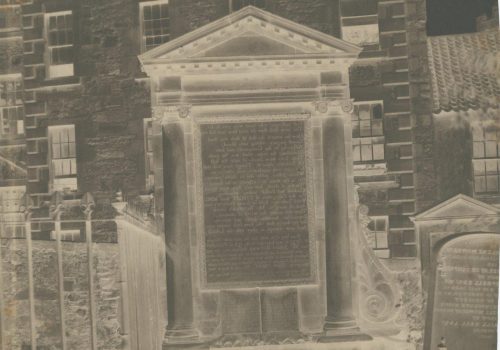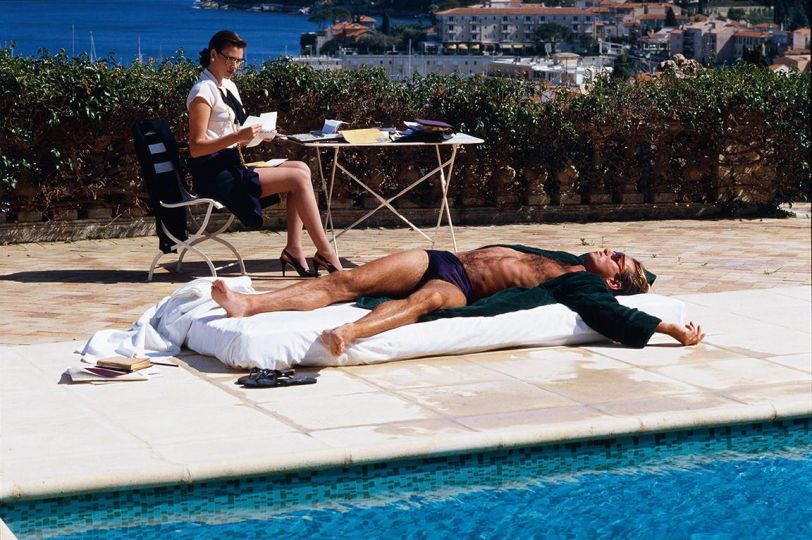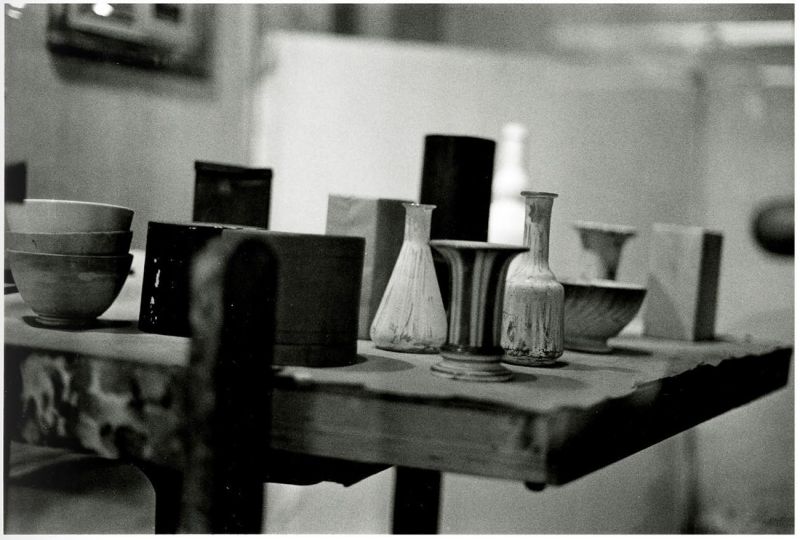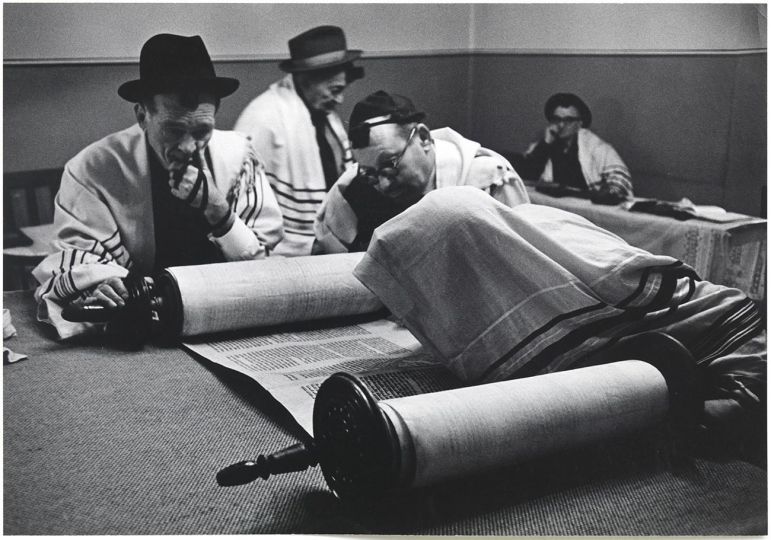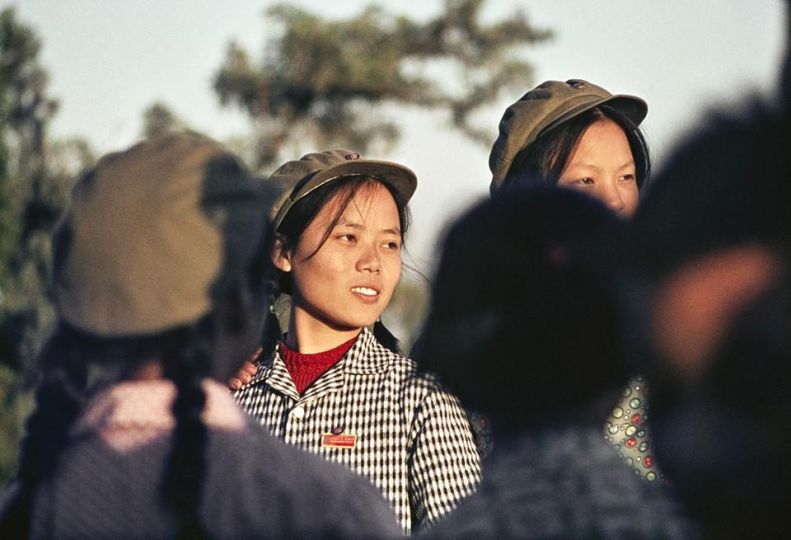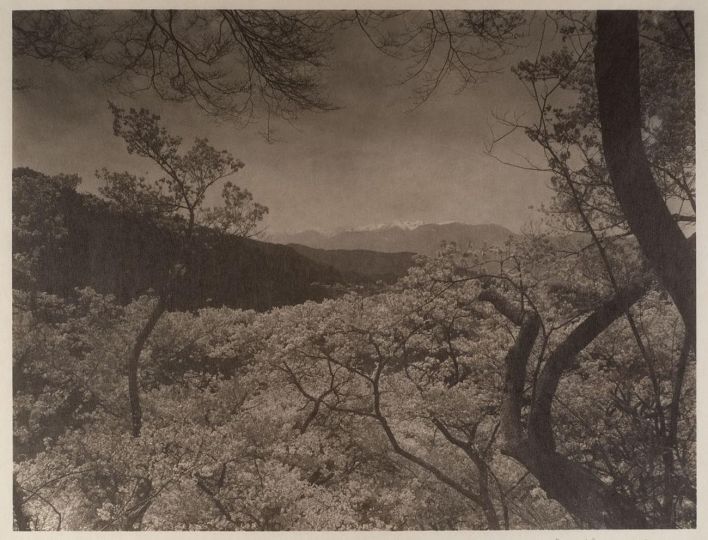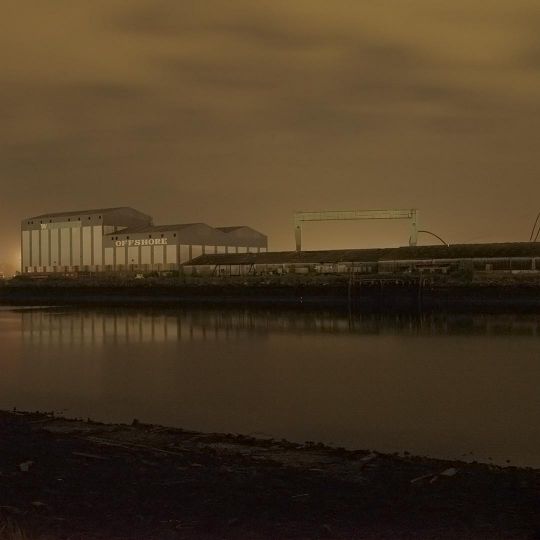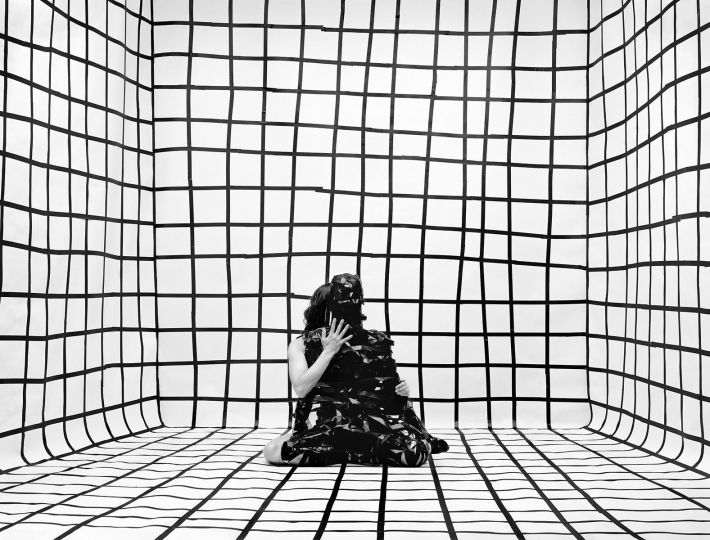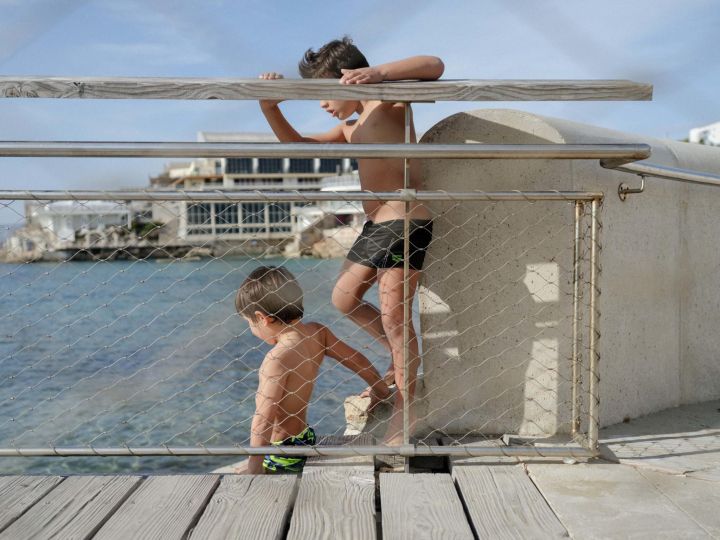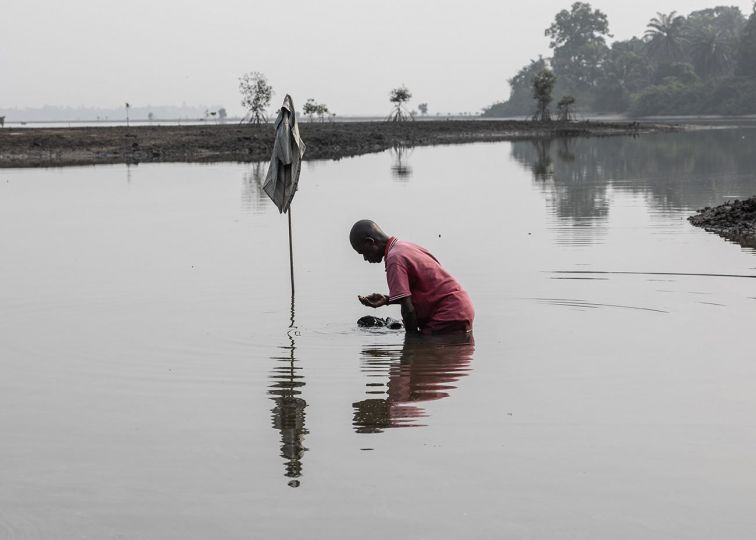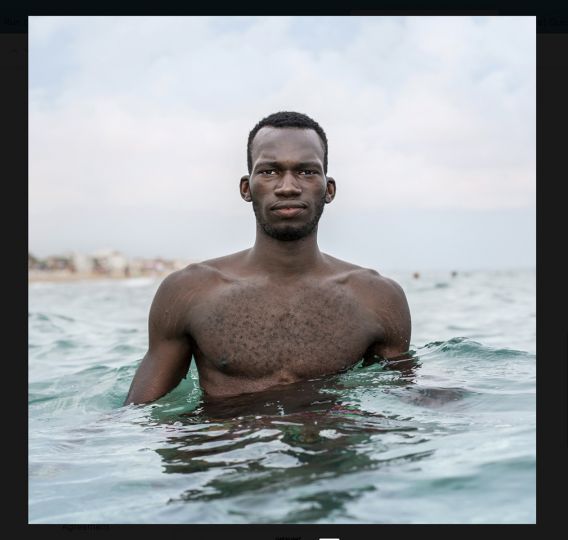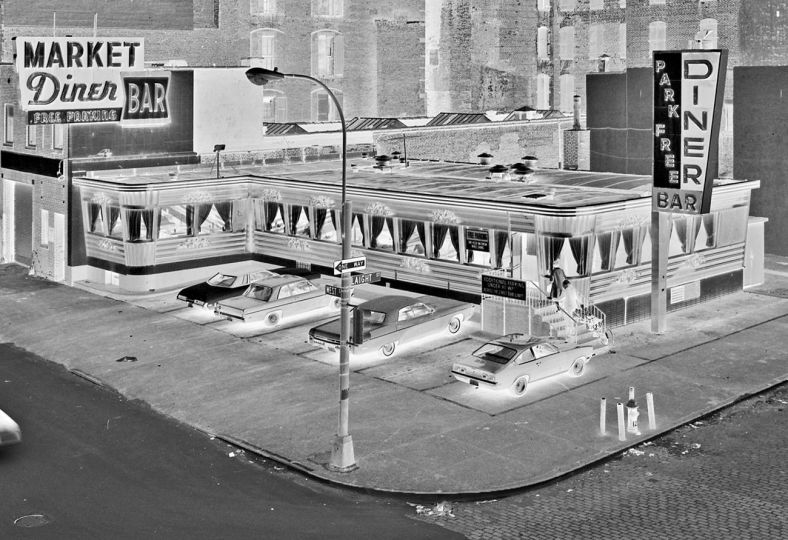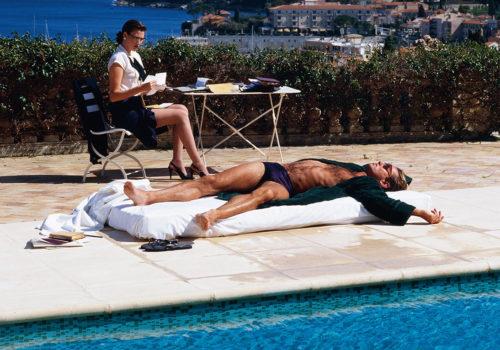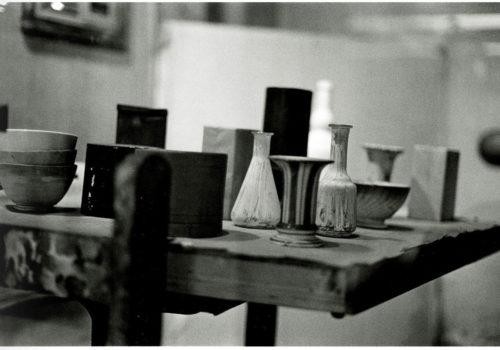In New York, Permanence and Change: Architectural Views, an exhibition of work by photography’s early masters, is on view at Hans P. Kraus Jr. Fine Photographs. The exhibition presents primarily 19thcentury architectural views beginning in 1842 by William Henry Fox Talbot, Henri Le Secq, Gustave Le Gray, Félix Teynard, and Auguste Salzmann, among others.
Félix Teynard (1817-1892) completed an extensive photographic survey of Egypt during the course of a voyage along the Nile in 1851-52. The exhibition features three salt prints from waxed paper negatives by Teynard. One is Southern Wall of the Exterior of the Sanctuary. Dendur, 1851-1852, a rare, untrimmed salt print. Known today as the Temple of Dendur, this ancient Egyptian temple was built by the Roman Governor of Egypt, Petronius, around 15 BC, one of many Egyptian temples commissioned by the Emperor Augustus, and dedicated to the gods Isis and Osiris. A gift from Egypt to the United States in 1965, the Temple of Dendur is now in the Metropolitan Museum of Art.
Auguste Salzmann (1824-1872), a landscape painter in a family of painters, was lured into photography perhaps as a result of his first trip to the Holy Land in 1850. Once he returned to Paris, he became a student of Gustave Le Gray and quickly mastered the new art of photography. In 1854, Salzmann won a commission from the Ministry of Public Instruction to photograph monuments left by crusading knights. Two years earlier, the archaeologist Félix de Saulcy’s research so radically reinterpreted the Holy Land that his drawings were declared to be forgeries. De Saulcy vehemently defended their accuracy and asked Salzmann to use photography to prove their value. Salzmann returned to Paris with more than 200 paper negatives, largely proving the fidelity of de Saulcy’s drawings while clearly expressing Salzmann’s own artistic interpretations. Jewish Sarcophagus, Jerusalem from 1854, a Blanquart-Évrard process salt print from a paper negative, examines an ancient ossuary in hard calcareous rock, richly sculptured in relief, cemented against a wall. An enigmatic visual fantasy of light and shade, Salzmann’s photograph subsumes any literal sense of scale or context into an abstract of tonal masses and lines.
A surgeon by training and an amateur photographer by avocation, Dr. Thomas Keith (1827-1895) made his first forays into the field with a camera in 1852 or 1853. In the striking graphic waxed paper negative of Covenanters’ Monument, Greyfriars, from 1853-1856, the architecture is reduced to a composition of strong geometric patterns with the light delineating and enhancing its shapes and textures. Covenanters’ Monumentis one of several studies Keith made of Greyfriars Churchyard in Edinburgh. Greyfriars was already part of Scotland’s emerging photographic tradition and was featured by Hill & Adamson.
Louis-Antoine Froissart (1815-1860) was the official photographer for the city of Lyon, photographing scenes and events of municipal interest. In May 1856, the city of Lyon was inundated by one of the worst floods in French history. He recorded the devastation with eloquent exactitude and poetic beauty. Froissart’s eerily serene landscape of the postdiluvian city, Lyon Flood, May 1856, movingly records the disaster without depicting the human suffering left in its wake. This fine salt print was presented by the photographer as a gift to the Mayor of Lyon at the time of the flood and remained in the Mayor’s family. Froissart’s photographs of the catastrophe precede the more widely known photographs by Edouard Baldus who was dispatched to the scene by the French government in June of 1856. A Baldus salt print of the flood is also on display.
Louis-Emile Durandelle (1839-1917) is best known for his group of photographs of the construction of the Paris Opéra and its sculptural ornaments and decorations. Charles Garnier won the commission to design the Opéra in 1861, a period of rapid urban growth and opulent construction. Today, Garnier’s Opéra house is considered one of the best and most successful of many fine buildings erected during the Second Empire. Garnier hired Durandelle to photograph each detail of the building, including plaster models, some unfinished and uninstalled, before they were lifted into place. The exhibition includes a fine albumen print from a glass negative, Frieze and cornice of the stage tower, 1876, depicting a diligent sculptor at work. Following in the footsteps of earlier photographers such as Baldus and his documentation of the construction of the new Louvre, Durandelle’s photographs are rigorous in composition, rich in technical detail, and are among the most important architectural documentary projects of the 19th century.
Permanence and Change: Architectural Views
from September 12 through November 16, 2018
Hans P. Kraus Jr. Fine Photographs
962 Park Avenue at 82ndStreet
New York NY 10028

